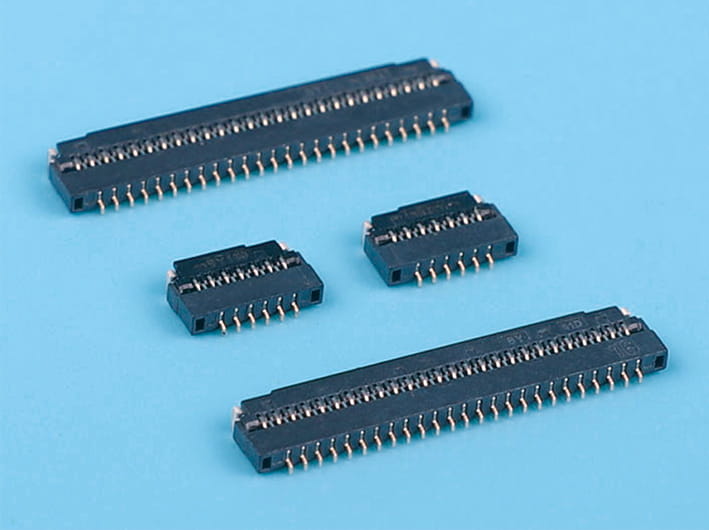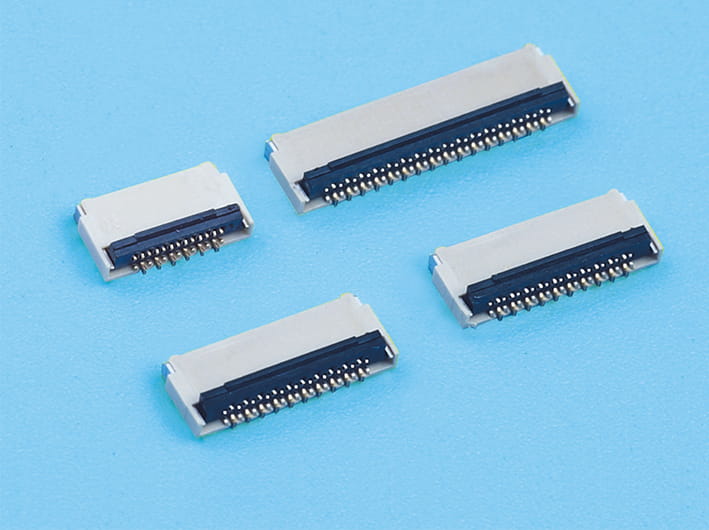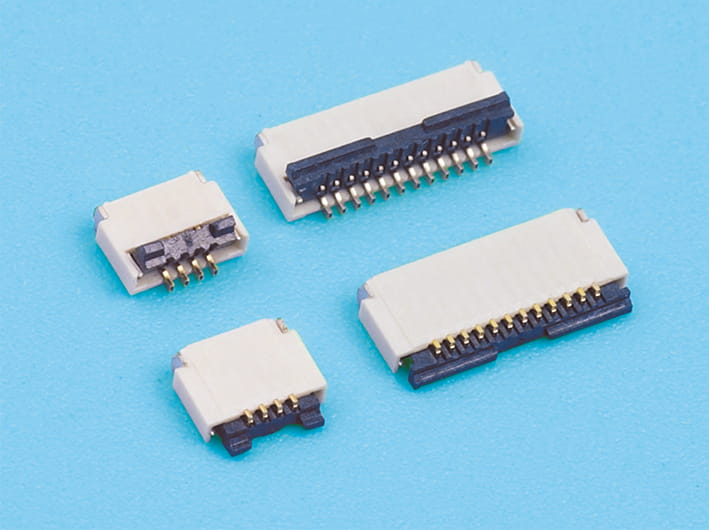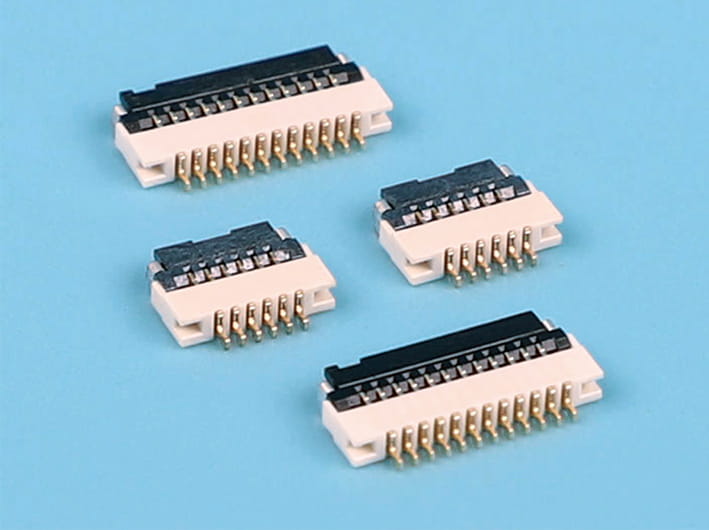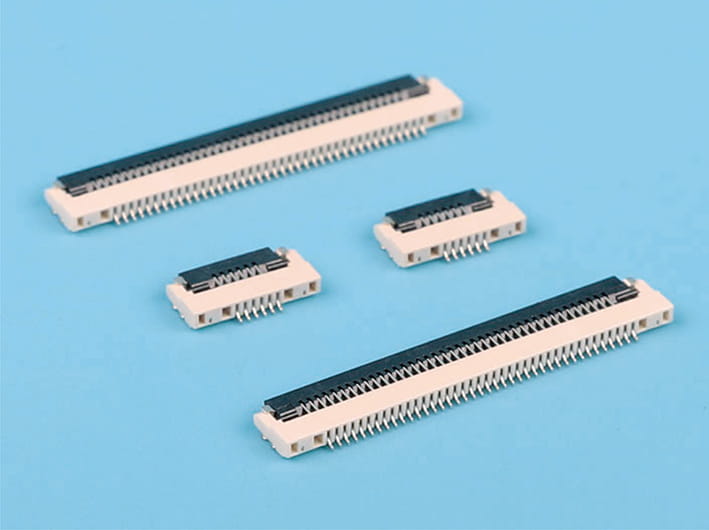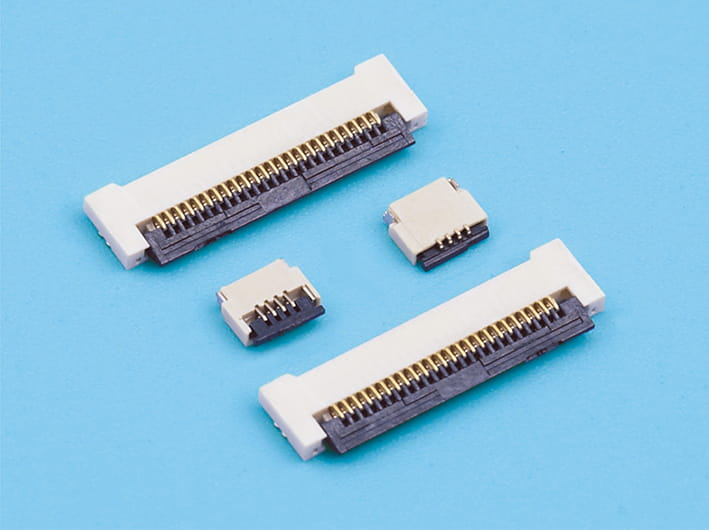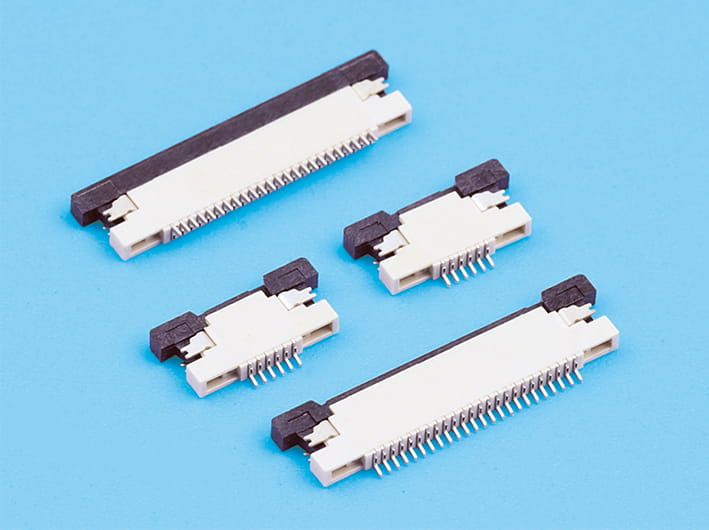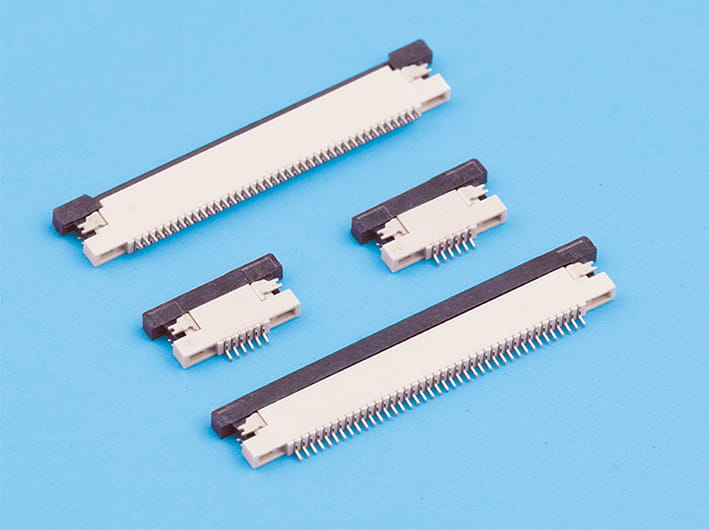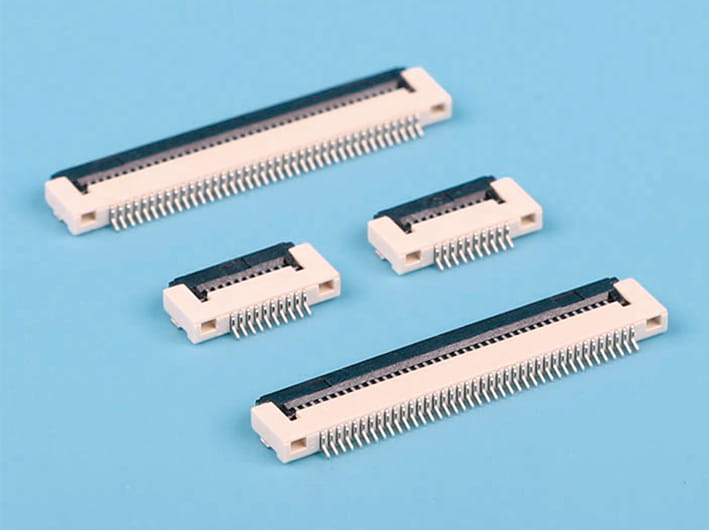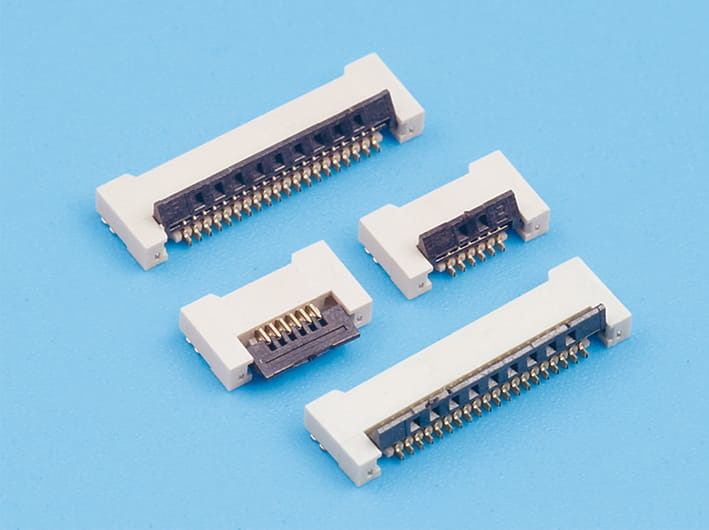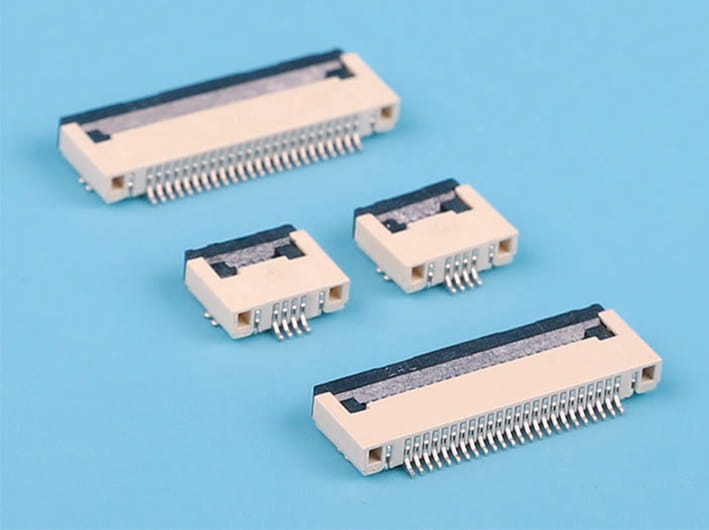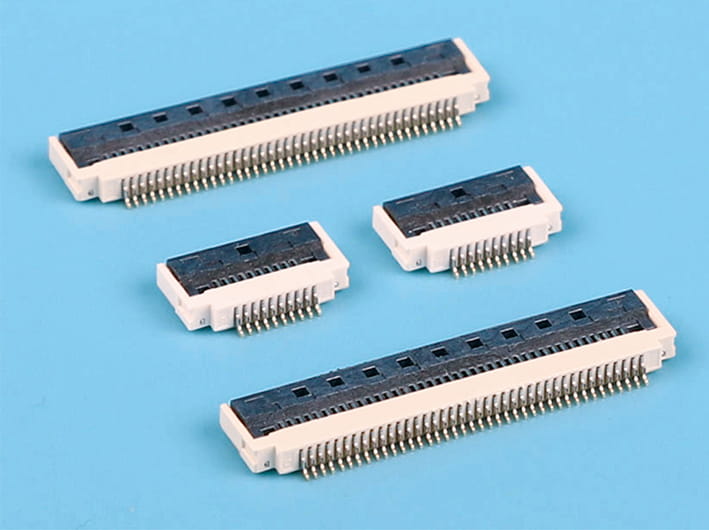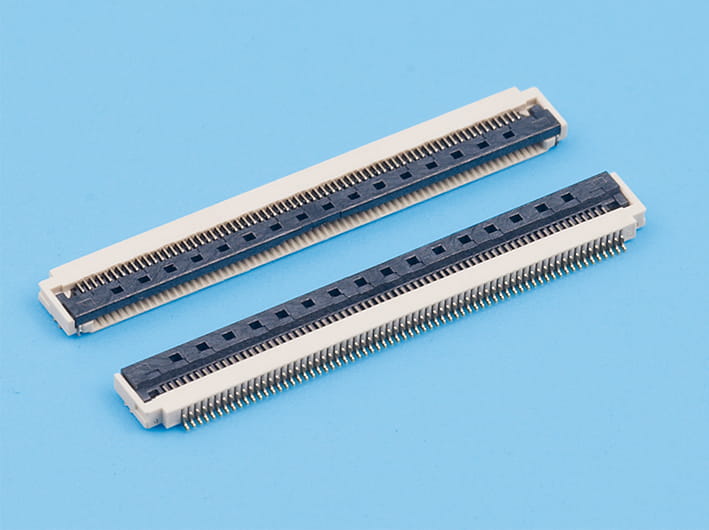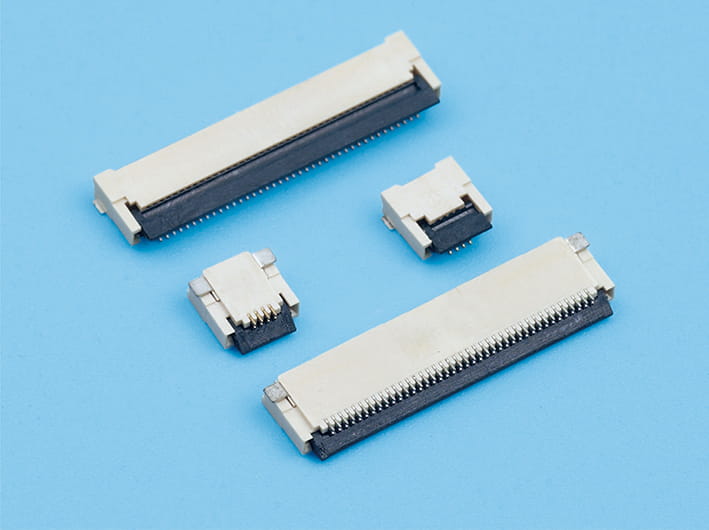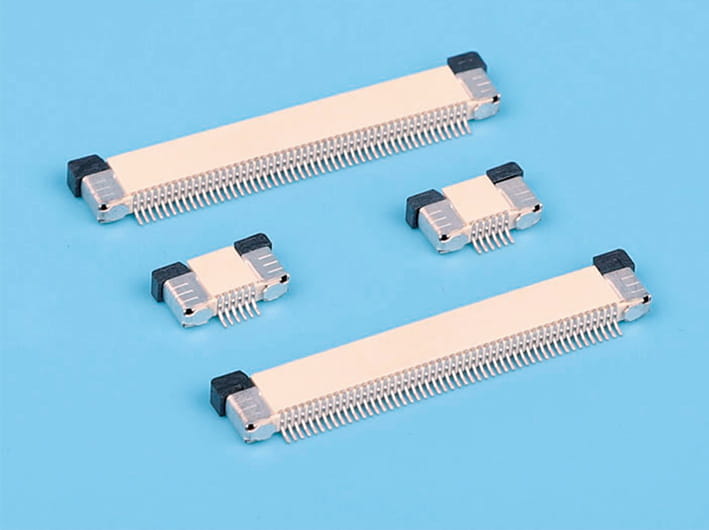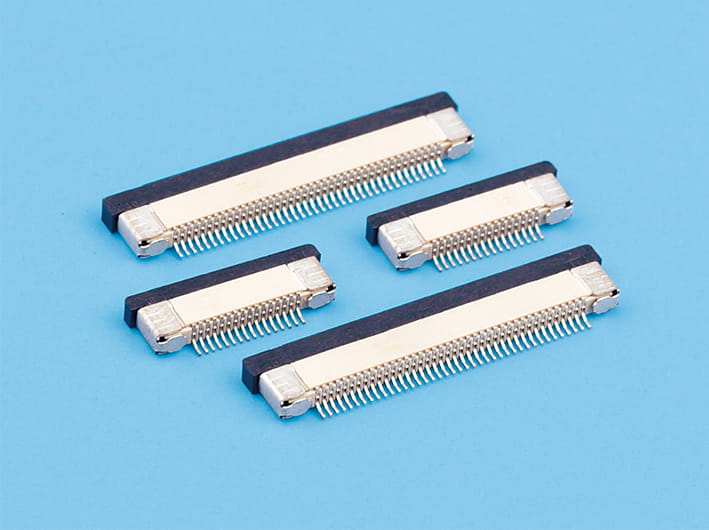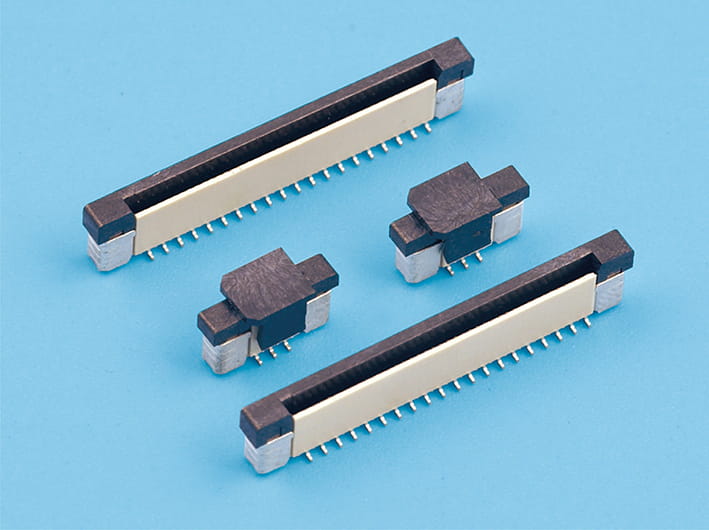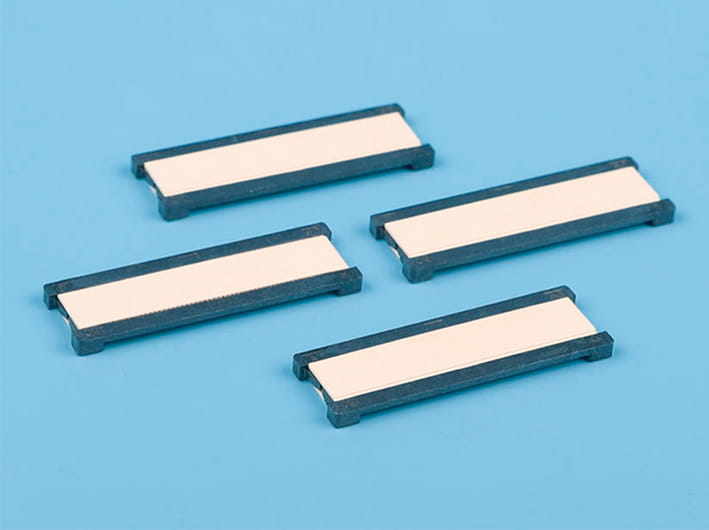Crimp Terminal Connectors vs. Soldered Joints: Which Is Better?
Crimp terminal connectors, a broad category that includes both ring crimp connectors and ferrule crimp connectors, are known for their ease of use and reliability. These connectors offer a secure and efficient method of joining wires without the need for soldering. The process involves using a specialized tool to compress the connector around the wire, creating a tight, secure connection.
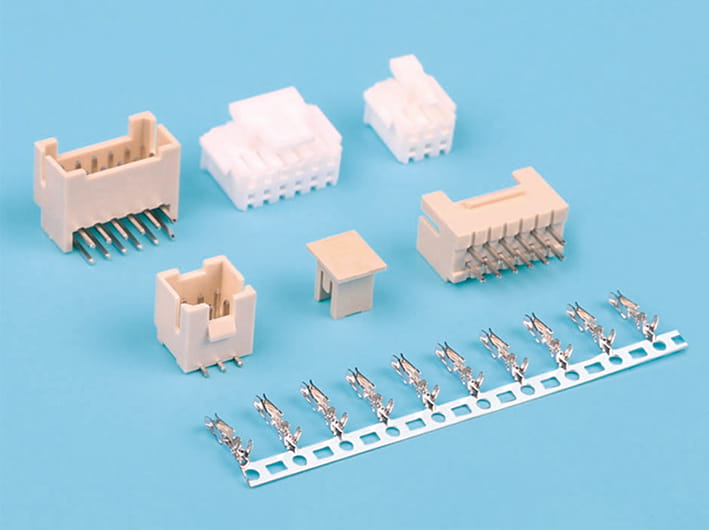
Ring crimp connectors are particularly favored for their ability to provide a strong mechanical and electrical bond. They are widely used in applications where high vibration and stress are expected, as the crimped connection can withstand these conditions without compromising the integrity of the joint.
Ferrule crimp connectors, on the other hand, are prized for their precision and consistency. The ferrule, a small sleeve that fits over the wire, ensures a uniform and secure connection every time. This makes ferrule crimp connectors ideal for applications where repeatability and reliability are paramount.
Soldered joints have been a staple in the electronics industry for decades. The process involves melting a solder alloy to create a metallurgical bond between the wire and the connector. This method is often preferred for its ability to create a strong, permanent connection that is resistant to environmental factors such as temperature fluctuations and moisture.
When comparing crimp terminal connectors to soldered joints, several factors must be considered. Crimp terminal connectors, including ring crimp connectors and ferrule crimp connectors, are often faster to install and do not require the use of heat, which can be an advantage in temperature-sensitive applications. They also allow for easier disconnection and reconnection, which can be beneficial in situations where wires need to be frequently removed or replaced.
However, soldered joints are known for their robustness and longevity. The solder forms a strong bond that is less likely to fail over time, making it a popular choice for applications where reliability is crucial. Soldered joints also provide a good electrical conductivity, which can be essential in high-current applications.
The choice between crimp terminal connectors and soldered joints often comes down to the specific application. For instance, in automotive wiring, where vibration and flexibility are concerns, ring crimp connectors and ferrule crimp connectors are often the preferred choice. Their ability to maintain a secure connection under stress makes them ideal for these environments.
In contrast, in electronic devices where space is at a premium and connections need to be both small and reliable, ferrule crimp connectors may be the better option. Their precision crimping ensures a consistent connection that is less likely to fail due to poor contact.
For applications that require a high level of durability and resistance to environmental factors, soldered joints may be the more suitable choice. Their permanence and strength make them ideal for outdoor equipment or in situations where the connections are not expected to be disturbed.
The debate between crimp terminal connectors and soldered joints is not one with a clear winner. Each method has its own set of advantages and disadvantages, and choice depends on the specific requirements of the project. Ring crimp connectors and ferrule crimp connectors offer speed, flexibility, and ease of disconnection, while soldered joints provide robustness and longevity. As technology continues to advance, it is likely that both methods will continue to evolve, offering engineers even more options to choose from in their quest for the great connection.



 English
English 中文简体
中文简体 Español
Español عربى
عربى